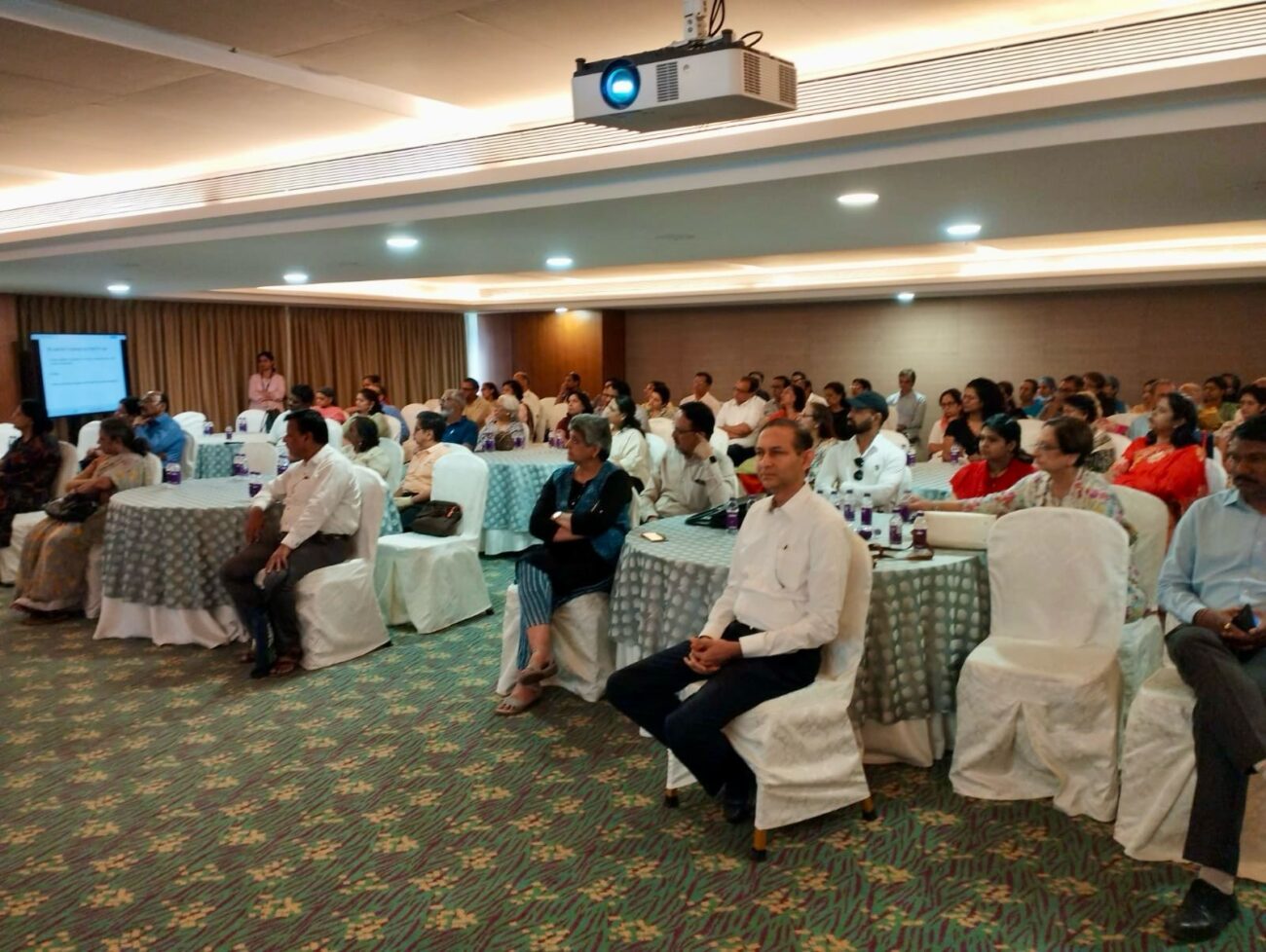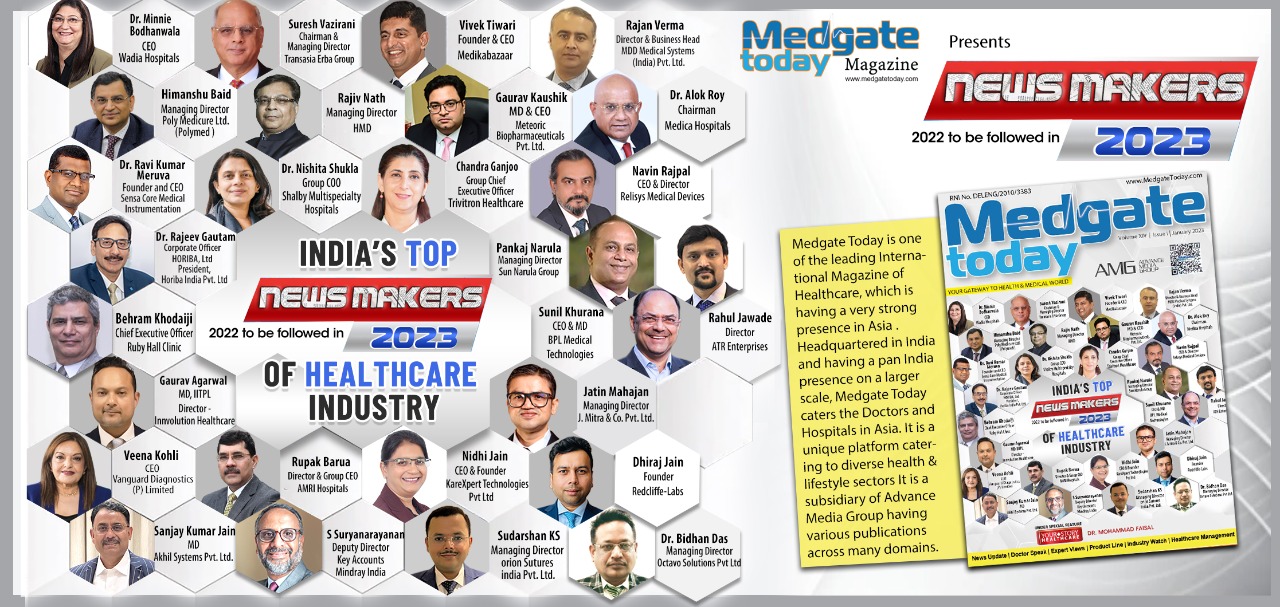AIMED urges GoI to take policy decisions to boost Domestic Mfg & To Make Healthcare Affordable in India
AiMeD welcomes FDI in manufacturing by overseas manufacturers but not in form of Import based Pseudo Manufacturing of these importer/ overseas manufacturers lobbies claiming to be Indian Industry. India needs to Learn from China who succeeded
- AiMeD welcomes FDI in manufacturing by overseas manufacturers but not in form of Import based Pseudo Manufacturing of these importer/ overseas manufacturers lobbies claiming to be Indian Industry.
- India needs to Learn from China who succeeded to drive FDI into manufacturing by manoeuvres of Preferential Market Access , Non Tariff Barriers and punishing boldly errant Cos doing unethical marketing.
The government has been taking measures to control prices of medicines and some devices like coronary stents etc. over last two years. This has been a welcome move. However, much more needs to be done and in a more planned manner in place of a piecemeal approach. To begin with, we need to understand that price control or MRP capping is important but a small step in making healthcare affordable in the long run
“There is an urgent need for an integrated and calibrated development policy to put ‘Make In India’ initiative in medical devices sector in top gear and reduce high import dependency on foreign made devices in order to promote indigenous manufacturing of drugs and devices which would go a long way in making healthcare affordable.” Mr Rajiv Nath, Forum Coordinator, (AIMED) Association of Indian Medical Device Industry.
As a first step, the government may consider granting tax / duty incentives and Price Preference in public procurement among other things to protect and promote domestic manufacturing.
Simultaneously, price control measures should be undertaken. As of now, only coronary stents and some orthopaedic devices are being considered. But, the list needs to be expanded to include more devices.
Some price control measures that could be undertaken are :
- Tax Based MeasuresGovernment should introduce an Innovative Tax Structure of stalling Artificial Inflation of MRP e.g.1% GST Cess on MRP to have a disincentive to importers and manufacture from labelling device with excessive MRP.
Consider this option for Devices not Notified as Drugs.
- Trade Margin Rationalisation :AiMeD has proposed to DoP to fix the trade margin to a maximum of 50-100% (depending upon value) between import landed price / Ex Fcy price and MRP . If DoP accepts our formula, after consulting with AHPi and IMA it will provide tremendous savings to consumers as MRP will be substantially reduced .
- MRP Capping(This is the least favoured option if above 2 are proven non effective)
Make in India of medical devices is already suffering and following MTAI recommended formula will make Indian Mfg at a further competitive disadvantage – GoI needs to take policy decisions to give strategic advantage to domestic Mfg while safeguarding consumers or India will remain 70-90% import dependent. Only when it will be advantageous to manufacture in India only then will these importer / Overseas manufacturers move manufacturing to India to retain market share and gain from that competitiveness created .
India needs to Learn from China who succeeded to drive FDI into manufacturing by manoeuvres of Preferential Market Access , Non Tariff Margins and punishing boldly errant Cos doing unethical marketing.
AiMeD welcomes FDI in manufacturing by overseas manufacturers but not in Import based Pseudo Manufacturing of these importer/ overseas manufacturers lobbies claiming to be Indian Industry.
Private healthcare providers have been profiteering from Medical Products Margins in attempt to cross subsidize easily comparable procedure costs to inflate overall treatment costs, leading to very high out- of- pocket cost of healthcare. At 60%, India’s out-of-pocket expenditure on health is one of the highest in the world and has lead to many bankruptcies..
“Isn’t Imports a trading activity so if we talk about Rationalisation of Trade Margins it has to include Imports , you can’t have importers having over 200% Margin as was indicated in NPPA report on Catheters & Guidewires and the whole supply chain have only a 35-50% Trade Margin!” Asked Rajiv Nath , Forum Coordinator of AiMeD.
“Everyone in a supply chain has intermediate costs and value addition – so what value addition importers are doing and the question is what’s a rational margin for them ?
Why those intermediate costs like R&D are not part of the Import landed price ? To avoid custom duties ?
This proves our point why FDI has hurt Indian Mfg as earlier Distributors used to import from overseas manufacturers at their standard price that included R&D costs and Market Creation and development costs built into the import price .
After the Subsidiary of the overseas MNC displaced the Distributor they started importing at lower Transfer Pricing to reduce impact of Customs Duty and started booking their market development and Market Creation costs in Indian subsidiary which in most cases have an opaque balance sheet of a private limited company. FDI was not used to put up factories but finance inventories, build warehouses and finance market expansion many times at cost of existing manufacturing capacity of other existing indigenous players ” he explained.





